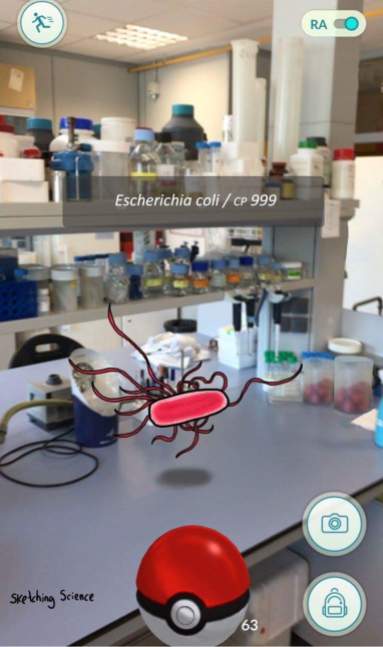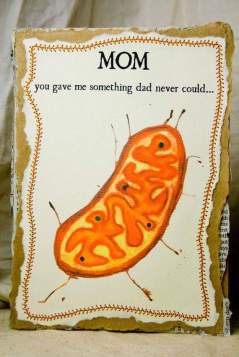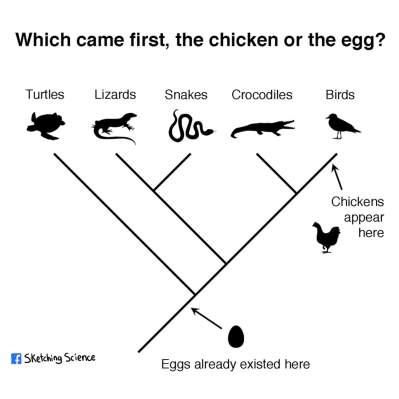Almost 150 Of Our Genes May Have Come From Microbes

photo credit: Liya Graphics/ Shutterstock
We know that our bodies are absolutely teeming with microbes. In the average healthy human, bacterial cells outnumber our own cells 10 to 1. And let’s not forget about viruses; some studies have suggested that the number of viral particles in our body is greater than the number of human and bacterial cells combined. But what about our genomes? It turns out that our DNA, too, is less human than we thought.
According to a new study, humans—and a wide variety of other animals—possess tens, if not hundreds of “foreign” genes that have been passed on from single-celled organisms, such as bacteria. What’s more, these genes play active roles in the body, such as contributing to metabolism, and this process of gene acquisition could still be occurring, at least in some lineages. According to the authors, these findings suggest that this gene transfer could have played a previously underappreciated role in biochemical diversification during the evolution of animals. The study has been published in Genome Biology.
Biology textbooks will tell you that DNA is passed from parent to offspring, a process known as vertical gene transfer. But some organisms, such as bacteria, are able to transfer their genes to other species living in the same environment, which is known as horizontal gene transfer (HGT). This is how genes for antibiotic resistance are able to spread so rapidly, creating serious problems for the treatment of infections.
This process is known to play an important role in the evolution of bacteria and other single-celled organisms, but it has also been documented in some simple animals, such as the coffee berry borer beetle that acquired bacterial enzyme genes for the breakdown of coffee berries. However, whether this occurs in higher animals, such as humans, has long been debated.
To find out whether it exists in higher organisms, scientists from the University of Cambridge, England, examined the DNA of various different animals, including several species of fruit fly, nematode worms and various different primates, including humans. Specifically, they were looking for high sequence similarity between genes from these organisms and other species, which could indicate that they are foreign in origin.
According to their analysis, HGT in animals typically results in tens or hundreds of active foreign genes, the majority of which seem to be involved in metabolism. In humans, for example, they confirmed 17 previously identified genes that were attributed to HGT, plus an additional 128 that had not been reported. These genes played a variety of roles, for example helping to break down fatty acids, or assisting antimicrobial or inflammatory responses.
Most of the foreign genes identified in the study came from bacteria and another group of mostly unicellular organisms known as protists, but viruses and fungi were also found to be donors. This could be why previous studies failed to identify as many foreign genes since only bacteria were included.
“Surprisingly,” says lead author Alastair Crisp, “far from being a rare occurrence, it appears that HGT has contributed to the evolution of many, perhaps all, animals and that the process is ongoing, meaning that we may need to re-evaluate how we think about evolution.”
Posted on 3 Απριλίου, 2015, in Άρθρα - Ξένος Τύπος and tagged Bacteria, Evolution, genes, Microbes, Research, Viruses. Bookmark the permalink. Σχολιάστε.







































































































Σχολιάστε
Comments 0